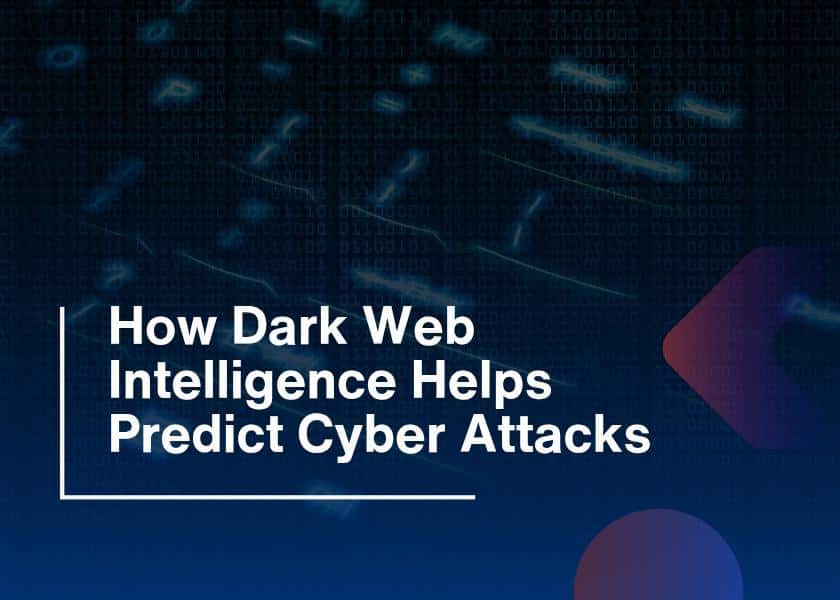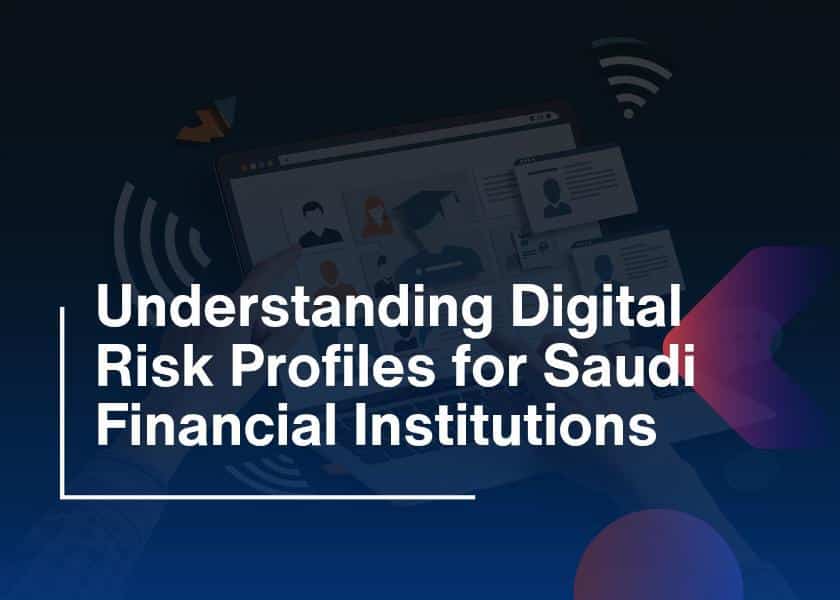Organizations encounter several issues relating to governance, risk management, and compliance (GRC) in today’s dynamic business context, particularly in the realm of cyber security and Vulnerability Assessment and Penetration Testing (VAPT) in Saudi Arabia. Additionally, businesses use a systematic method called GRC to effectively handle these obstacles. By using this comprehensive framework, organizations are guaranteed to manage risks effectively, conduct business ethically, and adhere to applicable laws. In this blog article, we shall examine the fundamental ideas that underpin GRC.
Integrated Approach in GRC
One of the fundamental principles of GRC is its integrated approach, where governance, risk management, and compliance are not treated as isolated functions but are interconnected. This means that policies, processes, and controls are developed and implemented with a holistic view of the organization’s objectives, ensuring alignment and synergy between different components of GRC. This is particularly important in the context of cyber security, where integrated strategies can mitigate risks more effectively.
Clear Governance Structure of GRC
Governance is at the core of Governance Risks And Compliances GRC, emphasizing the need for a well-defined and transparent governance structure. This involves establishing roles, responsibilities, and decision-making processes to ensure that the organization’s objectives are met while adhering to ethical standards. Additionally, a robust governance structure fosters accountability, transparency, and effective communication within the organization. Consequently, this framework not only enhances organizational efficiency but also promotes a culture of integrity and collaboration, essential for robust cyber security practices.
Risk-based Approach in GRC
Transitioning to a risk-based approach, GRC emphasizes effective risk management as a fundamental principle. To achieve objectives, organizations must identify, assess, and manage risks. By evaluating risks in alignment with organizational goals, GRC facilitates prioritization and resource allocation, bolstering resilience. This approach is critical in the cyber security domain, where threats are constantly evolving, and in VAPT processes, which are vital in identifying and addressing vulnerabilities in systems and networks.
GRC’s Compliance Adherence
Ensuring compliance with laws, regulations, and industry standards is integral to GRC. Organizations must establish processes for monitoring and adhering to legal and regulatory requirements. By staying informed about regulatory changes, they can adjust practices accordingly. Compliance not only mitigates legal risks but also enhances the organization’s reputation and stakeholder trust. In Saudi Arabia, compliance with cyber security regulations and standards is crucial for maintaining the integrity of organizational operations.
Continuous Monitoring and Improvement in GRC
GRC is not a one-time activity; it’s an ongoing process that requires continuous monitoring and improvement. Organizations need to regularly assess their governance structures, risk management processes, and compliance efforts. This continuous evaluation allows for the identification of emerging risks, changes in the business environment, and adjustments to ensure that GRC practices remain effective and relevant. In the context of cyber security, continuous monitoring and improvement are essential to keep up with new threats and vulnerabilities.
GRC Information and Communication
Transitioning to successful GRC implementation requires effective communication. Internally and externally, organizations must establish clear lines of communication, disseminating key information about governance policies, risk management practices, and compliance requirements. Open and transparent communication fosters accountability and ensures alignment with GRC objectives throughout the organization. Effective communication is particularly crucial in the implementation of VAPT processes, ensuring that all stakeholders are aware of the identified vulnerabilities and remediation plans.
GRC Technology Enablement
In the digital age, technology plays a crucial role in GRC. Automation, data analytics, and digital platforms facilitate more efficient and accurate governance, risk management, and compliance processes. Implementing GRC software solutions can streamline data collection, analysis, and reporting, providing organizations with real-time insights and improving decision-making. In Saudi Arabia, leveraging advanced cyber security technologies is vital for protecting sensitive data and ensuring compliance with national cyber security regulations.
Role of Ethical Conduct and Corporate Culture in GRC
GRC is not just about following rules and regulations; it also emphasizes ethical conduct and the cultivation of a positive corporate culture. Organizations must promote a culture of integrity, where employees understand and embrace ethical standards. This not only reduces the risk of misconduct but also contributes to a positive organizational reputation and stakeholder relationships. A strong ethical foundation is essential for fostering trust and collaboration in cyber security initiatives.
Conclusion of Governance, Risk, and Compliance (GRC)
In conclusion, the principles of Governance, Risk Management, and Compliance (GRC) provide a comprehensive framework for organizations to navigate the complexities of the modern business environment, particularly in the context of cyber security and VAPT in Saudi Arabia. By adopting an integrated approach, establishing clear governance structures, implementing a risk-based mindset, ensuring compliance, fostering continuous improvement, prioritizing information and communication, leveraging technology, and promoting ethical conduct, organizations can enhance their resilience, reputation, and long-term success. GRC – Governance Risks & Compliances is not just a set of guidelines; it’s a dynamic and adaptive framework that empowers organizations to thrive in an ever-changing landscape.





